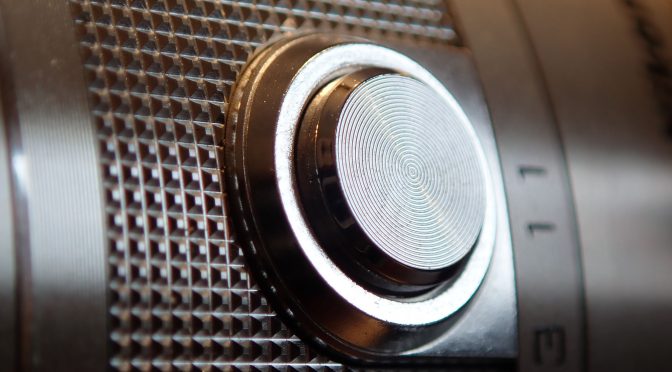This article features a series of comparison photographs covering an initial Olympus TG-5 high ISO image test. All photographs were captured tripod-supported in available light with the TG-5 in microscopic mode.
The Olympus TG-5 has a small 1/2.3″ BSI sensor. I thought readers interested in this particular camera or in the performance of this small BSI sensor may find this quick test helpful.
All of the images in this article can be enlarged by clicking on them. In order to help readers see the differences between various ISOs all images are displayed at 2048 pixel width when enlarged.
First, let’s have a look at a series of out-of-camera jpegs captured from ISO-100 through to ISO-12800.
NOTE: Click on images to enlarge.








To my eye the out-of-camera jpegs held up pretty well to about ISO-400. ISO-800 and ISO-1600 may be acceptable for some selected, small-size uses such as social media. At ISO-3200 the images started to really fall apart.
Now let’s have a look at some jpegs made from RAW files covering the same ISO range. These images were produced using DxO PhotoLab’s automatic settings and applying my TG-5 custom micro preset. This preset does not include any micro-contrast adjustment, but does use auto PRIME noise reduction.








DxO PhotoLab PRIME noise reduction seems to do a pretty credible job with these files to ISO-800, with ISO-1600 possibly still usable depending on subject matter and end use. ISO-3200 was getting marginal. The files are pushing use at ISO-6400.
Our final comparison is with three pairs of images shot at the highest ISO levels: ISO-3200, ISO-6400 and ISO-12800. Here is the ISO-3200 comparison…


Now the two versions at ISO-6400…


And finally, the pair of images at ISO-12800…


Based on the results of this test, my ISO range setting will remain at ISO-100 to ISO-1600 for RAW shooting. I will need to do more testing to see if I can occasionally push that to ISO-3200 depending on subject matter. Although I don’t typically use out-of-camera jpegs, it appears that ISO-400 would be acceptable for many folks.
Given the size of the sensor in the TG-5, the quality of the images held up pretty well. It appears Olympus made a good decision taking the resolution down to 12 MP from 16 MP and using BSI sensor technology.
Technical Note:
All photographs in this article were captured tripod assisted using camera gear as per the EXIF data. Some images were produced from out-of-camera jpegs. Others, as noted in the EXIF data, were produced from RAW files using my standard process of DxO PhotoLab, CS6 and the Nik Collection.
Word of mouth is the best form of advertising. If you like our website please let your friends and associates know about our work. Linking to this site or to specific articles is allowed with proper acknowledgement. Reproducing articles, or any of the images contained in them, on another website or in any social media posting is a Copyright infringement.
My intent is to keep this photography blog advertising free. If you enjoyed this article and/or my website and would like to support my work, you can purchase an eBook, or make a modest $10 donation through PayPal. Both are most appreciated. You can use the Donate button below. Larger donations can be made to tom@tomstirr.com through PayPal.
Article and images are Copyright 2019 Thomas Stirr. All rights reserved. No use, duplication or adaptation of any kind is allowed without written consent. If you see this article reproduced anywhere else it is an unauthorized and illegal use. Posting comments on offending websites and calling out individuals who steal intellectual property is always appreciated!


Very interesting analysis. Since there are so many post processing options now, I was wondering if you have compared DX0 PRIME with DX0’s newly acquired (NIK) DFine for noise reduction. Also, it seems Olympus makes a distinction between noise filtering in microscope mode (always on, ‘standard’) and other modes which have three levels and ‘off’.
Hi Colin,
I have an older copy of the Nik Collection that I bought a number of years ago, before it was acquired by DxO. In terms of this comparison I only used the TG-5’s standard noise reduction when using the microscopic mode.
Tom